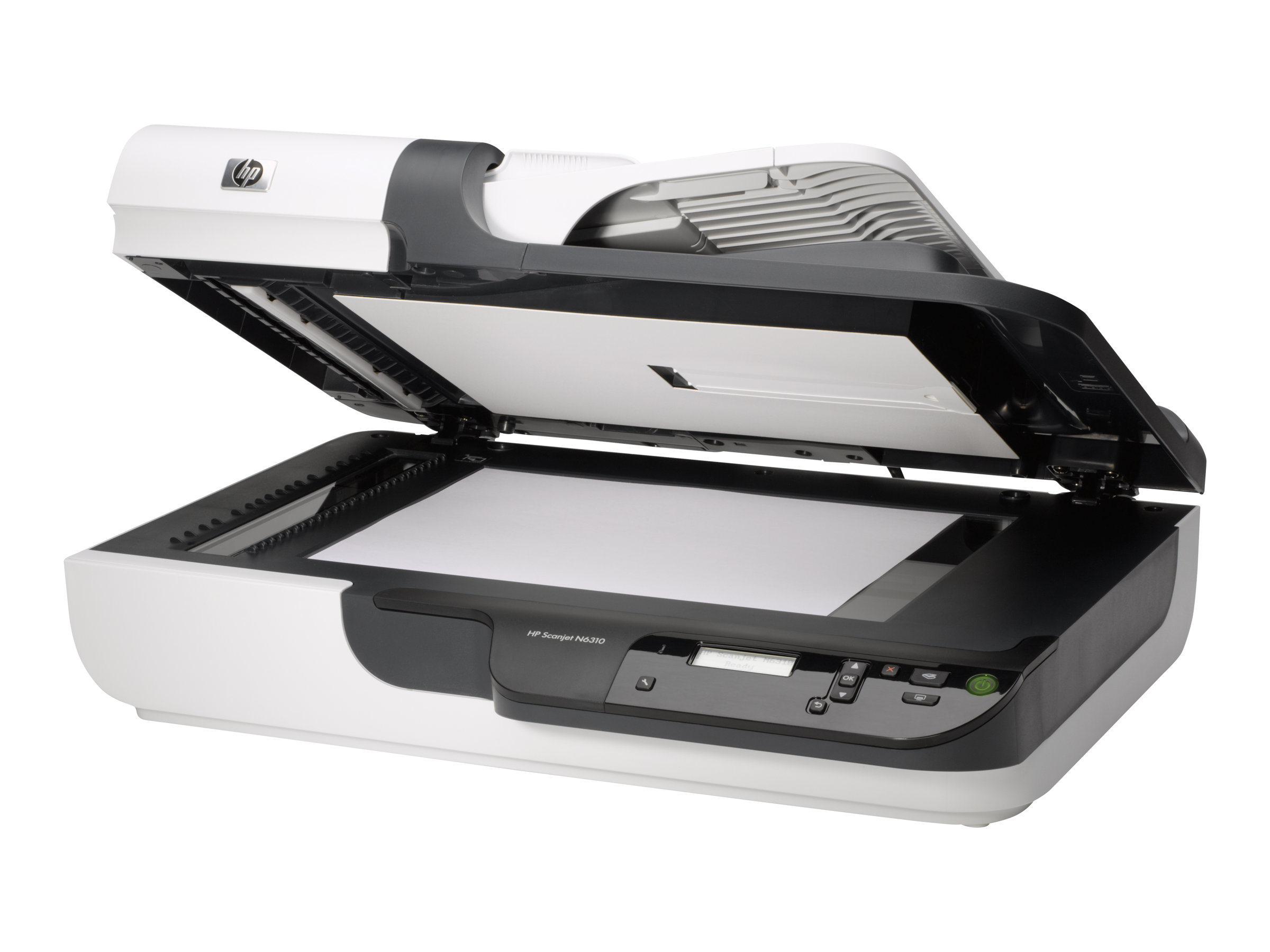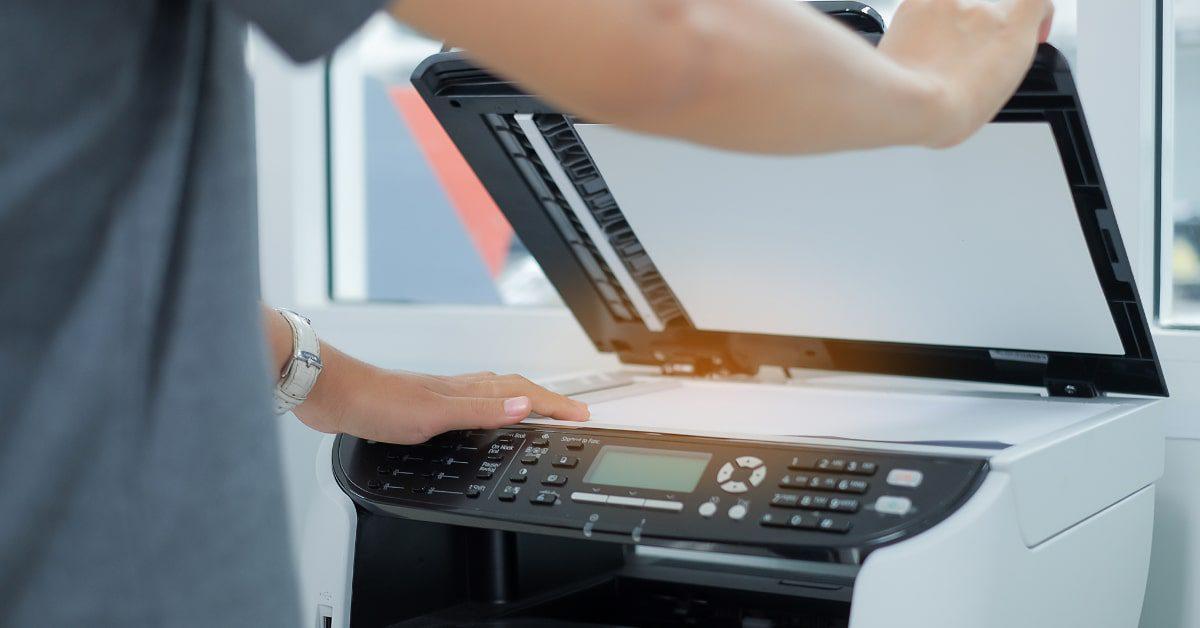When I first bought my HP ScanJet Pro 2500 f1, I was impressed by how quickly it handled stacks of documents. But one morning, while preparing to scan a batch of receipts, the device simply refused to detect any paper. The scanner turned on, the software launched, but every attempt ended with the same message: “No document detected.” At first, I thought it was a major hardware fault, but after exploring solutions on ManyManuals, I discovered the issue was much more manageable than I feared.
Why Scanners Fail to Detect Documents
HP scanners are reliable, but like any device, they can run into occasional problems. Common reasons for detection issues include:
-
Dirty or dusty scanning glass and rollers.
-
Incorrect settings in the HP Scan software.
-
Outdated drivers or firmware.
-
Paper not properly aligned in the feeder.
-
Faulty or disconnected USB cables.
Knowing these possible causes helped me troubleshoot in an organized way instead of guessing blindly.
Step 1: Cleaning the Glass and Rollers
My first step was to gently clean the scanner’s glass surface and rollers with a lint-free cloth. Over time, dust and smudges can prevent the sensors from recognizing documents. Once I cleaned it thoroughly, I tested again. The scanner detected one sheet but still failed with multiple pages, which told me the problem wasn’t fully solved.
Step 2: Adjusting Paper Placement
Next, I tried reloading the documents. I realized I had stacked them slightly unevenly in the feeder, which caused the sensors to miss them. After aligning the edges carefully and making sure the pages weren’t curled, the scanner started detecting more consistently.

Step 3: Checking Software Settings
Sometimes the issue isn’t mechanical but software-related. I opened the HP Scan software and checked the input source settings. It had defaulted to “Flatbed” instead of “Document Feeder.” Switching it back fixed part of the problem. I also adjusted resolution settings, since certain modes can sometimes confuse detection.
According to guides I found on manuals.online, it’s common for scanner software updates or user changes to reset input preferences, leading to detection failures. Correcting this setting alone solved half of my problem.
Step 4: Updating Drivers and Firmware
Even after cleaning and adjusting settings, the issue returned sporadically. I then downloaded the latest drivers from HP’s support site. Updating both the driver and firmware helped stabilize the connection between the scanner and my computer. After this step, detection improved dramatically.
Step 5: Checking Cables and Ports
Another simple but important fix was checking the USB cable. A loose or faulty cable can cause the scanner to misread signals, resulting in detection errors. I swapped the cable with another high-quality one and connected to a different port on my PC. This eliminated random failures that occurred previously.
FAQs About HP ScanJet Detection Issues
Why is my HP scanner not detecting documents in the feeder?
It could be due to dirty rollers, incorrect software settings, or a driver issue. Cleaning and adjusting usually helps.
Do I always need to reinstall the driver?
Not always. Sometimes simply updating the driver or firmware fixes the problem without a full reinstall.
Can paper type affect detection?
Yes, thin or glossy paper may cause misfeeds. It’s better to use standard-weight sheets.

What if the flatbed works but the feeder doesn’t?
This usually points to either feeder alignment issues or dirty rollers. Cleaning and repositioning the paper often resolves it.
Should I call for repair if detection still fails?
Only after you’ve tried cleaning, checking settings, and updating drivers. Most issues are fixable at home.
My Outcome After Troubleshooting
After combining all these steps, my HP ScanJet Pro 2500 is back to working reliably. The main culprits were dirty rollers and incorrect software settings. Updating the drivers gave it long-term stability. Now, I can scan entire stacks of documents without interruption, and I no longer worry about losing time before important deadlines.
Preventive Tips for Smooth Scanning
Through this experience, I learned that preventing problems is much easier than fixing them later. My new habits include:
-
Cleaning the glass and rollers once a month.
-
Always aligning documents neatly before scanning.
-
Double-checking software settings before starting a batch scan.
-
Keeping drivers up to date.
-
Avoiding bent or wrinkled paper in the feeder.
These practices keep my ScanJet consistent and efficient.
What I Learned from Online Resources
Initially, I felt lost, assuming the scanner was defective. But consulting ManyManuals gave me confidence that the problem was common and solvable. Later, using guides on manuals.online provided detailed instructions on feeder alignment and driver updates, which I wouldn’t have figured out alone. By following these steps, I not only fixed the issue but also understood how to maintain the scanner better.
Now, my HP ScanJet Pro 2500 runs smoothly every day, and I feel more confident handling future technical hiccups myself.

